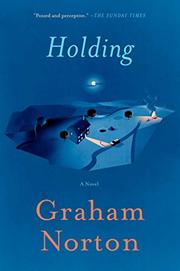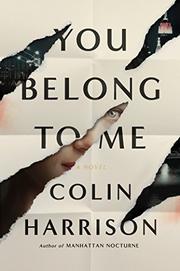The Lake House Kate Morton (2015)
Really, nothing’s new in the fiction game. A few basic plots (the journey, the quest, the betrayal, the discovery) pretty much cover it, plus characters, settings, and episodes from one century or another. A writer of fiction assembles these pieces, using language as the glue and the paint. The artistry lies in wise choices of plot and characters and settings and episodes and language. Chaucer knew this in the 14th century when he reworked old stories and stock types into the magic of The Canterbury Tales, giving life to his pilgrim characters with a most sophisticated form of English. I’m not talking about plagiarism here but rather careful selection and artful re-crafting.
In The Lake House, Kate Morton selects
- a little of the actual Lindbergh kidnapping case of 1932
- a smidgen of the character of author Agatha Christie
- pointers from 1930s Golden Age British mysteries
- a bit of the fictional 1865 Alice’s Adventures in Wonderland and the 1950s Chronicles of Narnia
- a distillation of several contemporary fictional female British detectives.
Morton sets all these pieces in the fabulous landscapes of Cornwall and populates her family-saga-cum-mystery with deftly drawn individuals. The passages that describe the natural world in Cornwall and that build the personalities of the protagonists are particularly strong. The novel toggles back and forth between 1933 and 2003, with occasional forays into World War II and the years just before World War I. The time switching can become dizzying, but it allows for plenty of family backstory and for the integration of two distinct plots.
The book is long—at 492 pages, perhaps overly long—and complex. In 1933, during an elaborate lawn party on Midsummer Eve at an estate called Loeanneth in Cornwall, the infant son of wealthy Anthony and Eleanor Edevane, Theo, disappears from his nursery in the night. The boy is never found, either alive or dead, and the grieving family moves to London, abandoning the estate. Skipping ahead to London in 2003, police detective Sadie Sparrow is put on an enforced leave for leaking information about an unrelated case of a mother apparently deserting her young daughter. Sadie decamps to her grandfather’s retirement cottage in (wait for it) Cornwall, where she becomes intrigued by the 70-year-old cold case of Theo Edevane. A key witness from that night in 1933 is Alice Edevane, older sister of Theo, who, at age 86, is the doyenne of the police procedural novel in 2003 London.
Morton throws in innumerable flashbacks, including Sadie’s teenage rebellions, Anthony’s experiences in World War I, Eleanor’s upbringing, the genesis of Alice’s writing career, and even the background of Peter, personal assistant to the aged Alice. Although there are no explicit sex scenes, several romances are included, as well as many, many secrets. The tendency of the Edevanes to keep secrets allows for multiple red herrings in the mystery plotting. I’ve read an awful lot of mysteries, so I guessed about 75% of the secrets. Still, the last fifty pages of The Lake House surprised me, in a good way. I especially relished the final chapter, which takes the surviving characters ahead to the year 2004, giving a brief picture of how they all have adapted to the revelations of the year 2003.
Kate Morton is an Australian writing phenomenon and internationally bestselling novelist, now living in London. I’ve just discovered her work, and I plan to check out more of it.


















